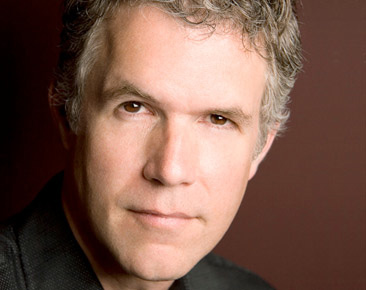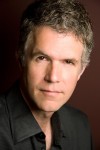
 On-stage communication between musicians can take many forms and is required for a variety of purposes, some vitally important, some completely unnecessary but at least amusing.
On-stage communication between musicians can take many forms and is required for a variety of purposes, some vitally important, some completely unnecessary but at least amusing.
One of the biggest reasons for communication during a show is to assist someone in the band who may be A. new to the group, and not up on the arrangements, B. not new to the group, but who never bothered to learn the arrangements, or C. a band veteran who, because of excessive use of hallucinogens in his 20s, can’t remember any of the arrangements or the name of the band.
These mid-show messages sometimes take the form of eye contact, accompanied by a subtle nod of the head, which means “You’re in after this mandolin break.” If the eye contact includes a glare and more forceful head nod, it would translate as, “Have you noticed that no one’s playing lead right now? That was supposed to be you!!”
Living in Nashville usually means that at some point you’ll be playing in a band of people who you not only have never played with, but who have also never played with each other, and may have just met ten minutes ago. I always thought these bands should be named “The Eye Contact Mountain Boys,” because there’s going to be a lot of that throughout the night.
The goal, of course, is to communicate with fellow band members in a way that doesn’t announce to the audience that you’re not the fully rehearsed, polished professionals your promotional material implies you are. For this reason, subtle communication is best, as opposed to shouting out “Hey everybody, here comes the fiddle break!”
Still there is a range of subtlety in on-stage arrangement cueing, from the slight raise of an eyebrow directed at the musician who’s supposed to be doing something at that moment, all the way to actually going up to the microphone and announcing the name of the musician who’s about to play a solo. The idea there is to make it seem like you’re just saying his or her name to give extra credit or prompt applause, when the real reason is to cue a musician who may not be the best at picking up on the more subtle, Jeeves-the-butler-like facial gestures (or who may actually be asleep).
This is where Bob Wills had a tremendous advantage: There’s no question about what’s happening next when the band leader says “Ahhh!” along with your name and points at you with a fiddle bow. This may help to explain the enduring popularity of western swing.
What about the situation where one of the band members doesn’t know the chords to the song at all? Leaving aside the questions of why you’re doing this song, and/or why you’re using this musician who doesn’t know it, this can be a challenging situation, but one you’ll have to deal with.
We in the bluegrass music world tend to frown on charts because of the long-held belief that charts are bad luck, and that they lead to music stands, which are also bad luck, especially after dark. You’re left then with having to communicate the chord changes some other way.
You’re going to have to do this verbally too, I’m afraid. Using your fingers to signal the numbers is a great idea, but that can really only be done by the bass player, if it happens to be a three-chord song in the key of D. Everyone else’s hands are occupied.
It’s then left for someone in the band to stand by the musician in need and quietly call out the changes. Clearly this shouldn’t be done by the lead singer, unless you plan to incorporate the chord changes into the lyrics of the song: “It was one long ago in the four-light, we were one-ing on the banks of a five” etc. I guess this would be the true test of whether people are actually listening to the lyrics or not.
One thing every band likes to do is to start and end together, even if everything in between is a complete shambles. Starting is usually not a big problem, because you can always resort to counting the song off (though there are are musicians who count off a song, then proceed to kick it off in a completely different meter and tempo, as if the count was just a way to get everyone’s attention, and was unrelated to the song itself).
Ending the song, though, can be problematic. That’s how the time-honored tradition of the raised leg signal evolved. If no one is sure exactly when a song is about to end, it’s nice to rely on the one gesture that doesn’t require the use of the hands. A simple lifting of the leg signals that it’s the last time through the song, so don’t be expecting one more repeated chorus.
Again, doing this in such a way that isn’t obvious to the crowd, yet still visible to the band, is a good idea. Raise your leg too high and you’ll just look like a dog staking out his territory on the stage. Too little leg movement and you’ll never get the attention of the daydreaming banjo player on the far end of stage left.
If the worst should happen, though, and nobody ends together, just wait patiently for everybody to stop playing, then launch into the bluesy 6/8 time 2-5-1 tag, like Elvis used in Winter Wonderland. That will make it all seem like it was part of an arrangement. Maybe.
Alternatively, you can wait for the various last chords to die down, then steal the old line from the Hee Haw jug band, and say on the microphone: “We’re through playin’ now!”
Next week: communicating when no one on stage can hear each other.




